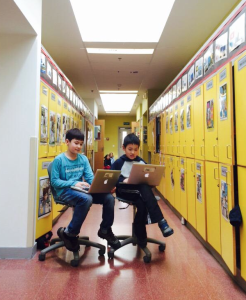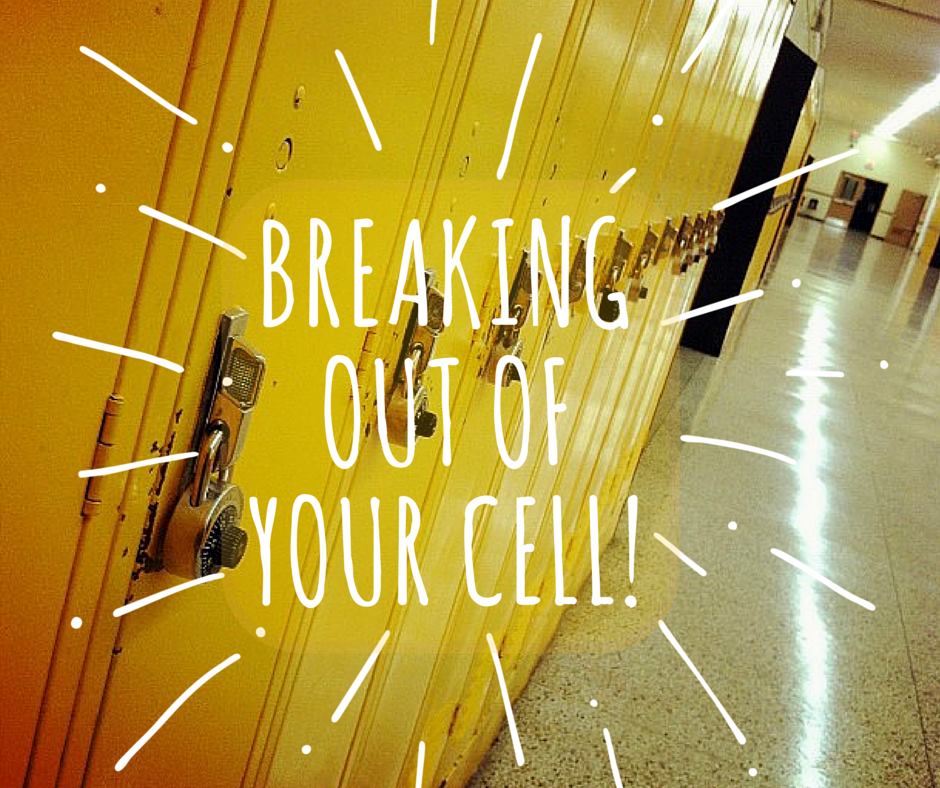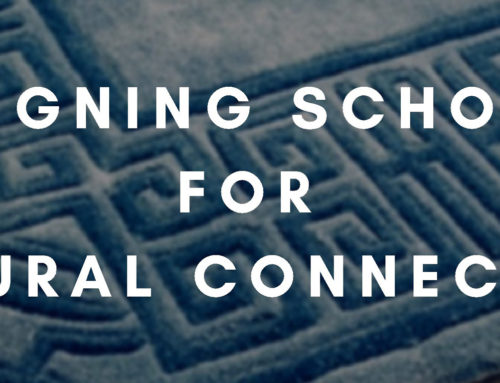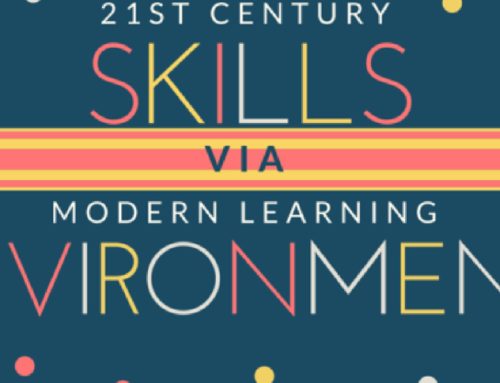Modern education has moved beyond the confines of traditional and industrial age classrooms as it responds to an interconnected and rapidly changing globalized world.
Bells, cells and the onset of the modern classroom
At the turn of the century most traditional educational and employment spaces (schools, businesses, offices and factories) were designed according to an industrial labour model. Factory assembly line conditions were reproduced in school architecture, with regimentation and standardisation being highly valued. This era of school design is typified by double-loaded and “easily supervised” corridors (Nair, Fielding & Lackney 2013) with independent classrooms arranged along either side. In this style of school students move passively and in accordance with the scheduled ringing of the school bell and this has been dubbed the Ford Model (Nair, Fielding & Lackney 2013) due to the idea that schools were manufacturing students with the same scientific detachment as the Model-T Ford was produced on its assembly line.
 An image from front page of educational furniture store site. How depressing is that? pic.twitter.com/FgezfkWtuX
An image from front page of educational furniture store site. How depressing is that? pic.twitter.com/FgezfkWtuX
— Phillip Cowell (@Phillip_Cowell) April 15, 2015
The challenge of modern approaches to pedagogy & learning spaces within traditional settings
If we are no longer preparing students for a world of bells and assembly lines what could this mean for how we teach and the spaces we teach in?
Today, schools are asked to produce students who can demonstrate expert thinking and complex communication skills to thrive in a world where declining portions of the population are engaged in routine cognitive work and routine manual labor. Our educational values and teaching philosophies have changed because it is now becoming clear that “there is simply too much for any one of us to know, never mind teach to dozens of students in a crowded day” (Wiggins 1989, p. 58). Within this context, contemporary teaching pedagogy as well as progressive learning spaces are vital.
While some educators are lucky enough to work in schools that have been recently designed and built, many of us are making the best we can in transitional classroom spaces. The tension then is being able to utilize the opportunities that our current spaces offer, and provide our students with the progressive teaching and learning that they deserve.

Schools that were built with double-loaded corridors offer challenges to students and educators. These students have used their corridor as a breakout space for collaboration.
Space, values and beliefs, and teaching methodology are intertwined. If you are teaching in a ‘traditional’ classroom space with a door that can shut out the rest of the world, can collaboration and collegiality still thrive in this double-loaded corridor setting? Inside your ‘cell’, is the judicious use of space and furnishing enough to offer students flexibility and dynamic learning opportunities?
If you have advice on how to de-privatise your practice and connect yourself and your students to a wider world, even within traditional school design, we would love to hear your thoughts in the comments section.
- Nair P, Fielding R, Lackney, J 2013, ‘the language of school design: design patterns for 21st century schools’, Design Share, designshare.com
- Wiggins, G 1989, ‘The futility of trying to teach everything of importance’ Educational Leadership vol. 47(3) p.44-59







[…] Breaking Out of Your Cell […]
[…] desks to collaborative whiteboard tables can feel like a grand experiment. It is certainly a break from the status quo. Change can be threatening: many teachers want to shake up their classrooms but are unable to move […]